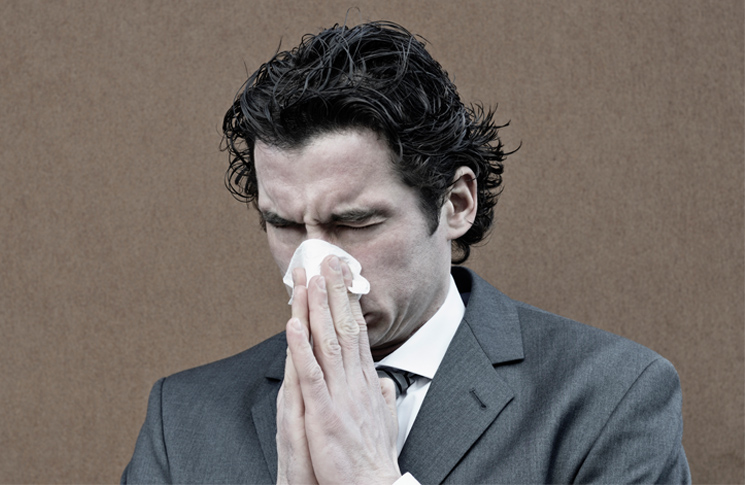For pilots and aircrew there is no such thing as ‘just a cold’. A viral infection affecting breathing, concentration and energy levels is a strong reason to ground yourself. You should also know that some cold medications are an aviation hazard in themselves.
Take off with a headache, fever, chills and blocked nose or ears and they could become the least of your problems. Even a minor viral infection can lead to dulled concentration, intense pain and spatial disorientation even at lower altitudes, any one of which can cause you to crash your aircraft.
It’s also important to realise that some over-the-counter and prescription medications for colds and flu can affect your performance.
Why do colds matter?
Simple “head colds” can impair performance more than most people realise. These tiny viruses can cause severe problems in the ears and sinuses, all of which can be incapacitating if people continue to fly.
Many other viruses cause symptoms similar to those of the common cold but can become much more severe. These can extend to an ongoing cough, fever, breathlessness or pneumonia. Around 80% of bronchitis cases with fever, cough and heavy phlegm are caused by viruses. Don’t underestimate how much this “just a virus” can impact your ability to fly safely.
Medicines and incapacitation
Just because a medication is available over the counter doesn’t mean it is automatically safe in aviation.
A particular drug to be aware of is codeine. Since 2018, pain relief and cough and cold medicines containing codeine have only been available with a doctor’s prescription. This is because codeine is converted into morphine by the body and can impair performance in a safety sensitive environment.
If you’re a pilot, engineer, air traffic controller or in any other safety sensitive aviation position, you should not take products containing codeine without consulting a doctor.
Allergy to plant pollens, known as hay fever, can produce similar symptoms to a cold. The cause doesn’t matter. If your ears are blocked and you are feeling blunt, it is not a day for flying, no matter how blue the sky.
Hay fever can usually be treated with antihistamines or decongestants, but antihistamines can cause drowsiness, which is a ground for grounding in itself.
For more information check the CASA website for a list of approved, hazardous and prohibited medications.
Remember, if you’re not sure, to consult your DAME.






Comments are closed.